Developer Options is a hidden menu on your Android device that can do a lot of cool things you don’t even know. The Developer Options clear indicates that it is meant for Android developers, but you can try out a few things which certainly going to amaze you. We have gathered a list of 5 cool things you can do with Developer Options on Android device.
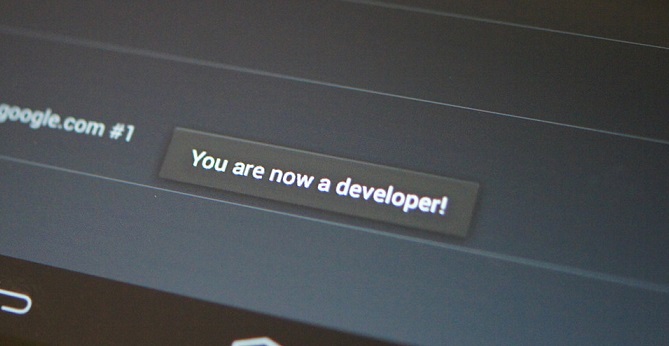
5 cool things you can do with Developer Options on Android
Here are the 5 cool things you can do when you have access to the Developer Options on your Android device. If you don’t have the Developer Option on your Android device, go to Settings -> About and tap the Build number more than 5 times, a toast message appears “You are now a developer” and you can now access the developer options easily from Settings.
Note: Developer Options is not meant to be played because if used it the wrong way can mess your Android system with many problems. So for the safer side, turn them off when you think it isn’t required anymore.
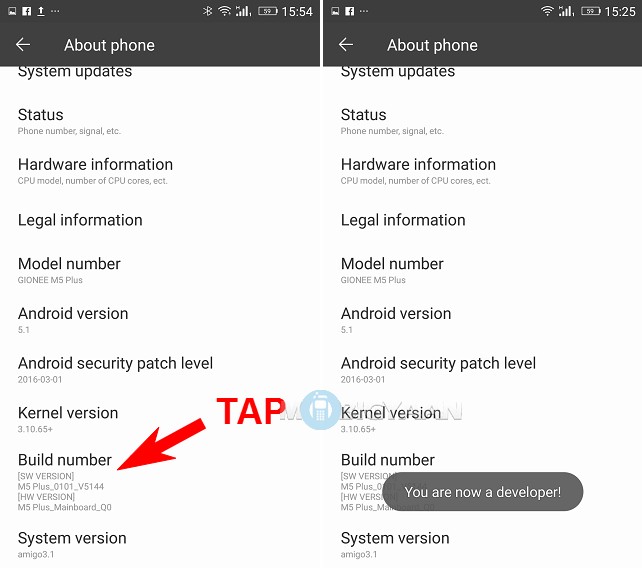
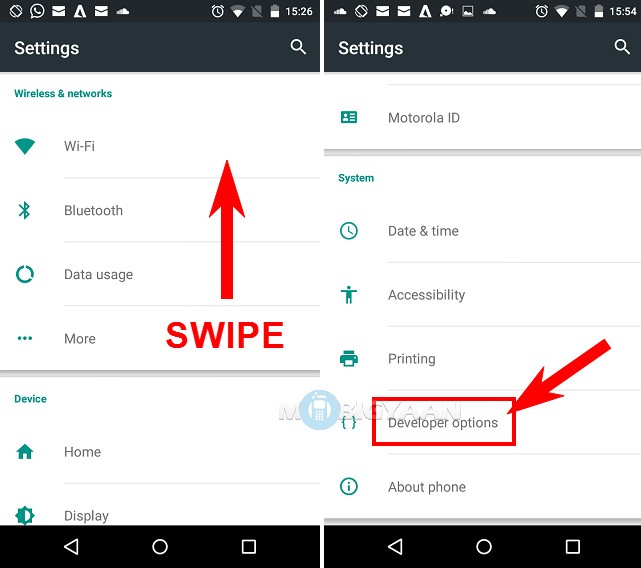
1) Speed Up Your Android Phone UI
The most popular option after the USB Debugging is to speed up the transitions and animations of your Android device. Your Android smartphone or tablet has been set a short transition delay of some milliseconds and you can tweak them to make it shorter, even more, to speed up your Android phone’s user interface. To do that, open Developer Options and change the Window animation scale, Transition animation scale, and Animator duration scale to lowest. In my device, I have 0.5x but in some devices like OnePlus X, you have 0.25x. Once done, you will be surprised to know how faster your Android device can be.
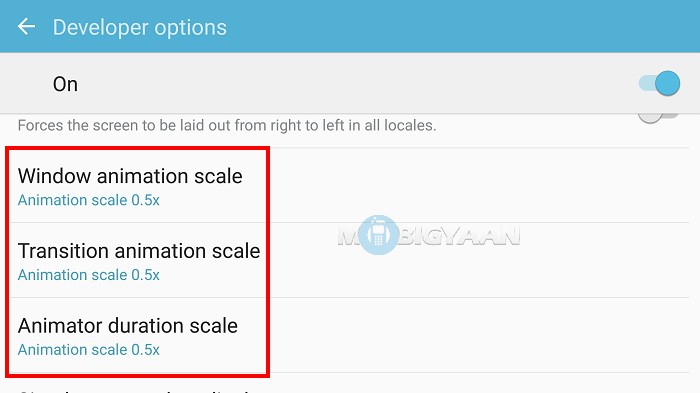
2) Show Touches On The Screen
Did you know you can see your own touches on the screen? If you are sharing your Android device with multiple people and is connected to an external display, you might want to show your touches to other people. Showing tutorials over YouTube can be an easy task with this option. Whatever the reasons are this one is among the best in our list of 5 cool things you can do with Developer Options on Android. Head to the Developer Options and turn on ‘Show touches’ using the slider.
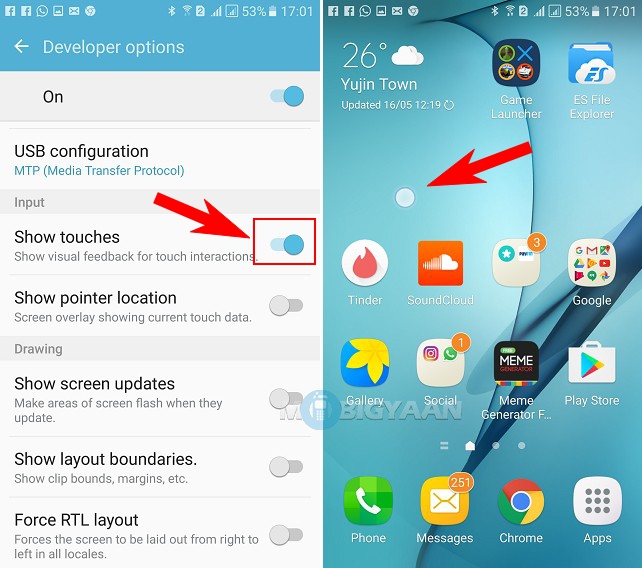
3) Enable 4x MSAA for Gaming
If you are familiar with PC gaming then you probably know this one. MSAA stands for Multi-Sample Anti-Aliasing which is used to add a grayscale between the pixels to smoothen the jagged edges and improve the overall image quality. It definitely requires more powerful hardware especially the GPU.
If your Android device is a tablet or has a very large screen, you can opt this option to get the graphics look much better. Perhaps, if you are using your Android device on an external display or HDTV, you can experience the Android games with better graphics quality. Enable 4X MSAA in Developer Options to force the games to run with 4X MSAA setting.
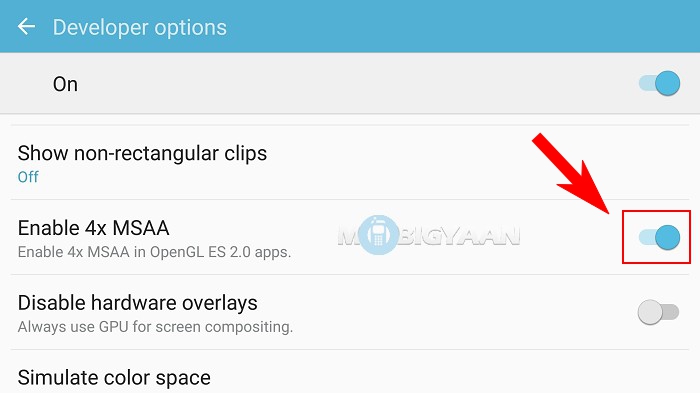
4) Never Sleep
Is your Android device behaving like a lazy Donkey? Well, nothing is impossible. If you are tired of your Android device sleeping every minute for inactivity, you can choose to never sleep by turning the slider on the right. This keeps your Android device awake until you press the power button to let it go into sleep mode. While this isn’t a battery friendly option but useful if you are running Android on a PC or x86 machine with an external power supply.
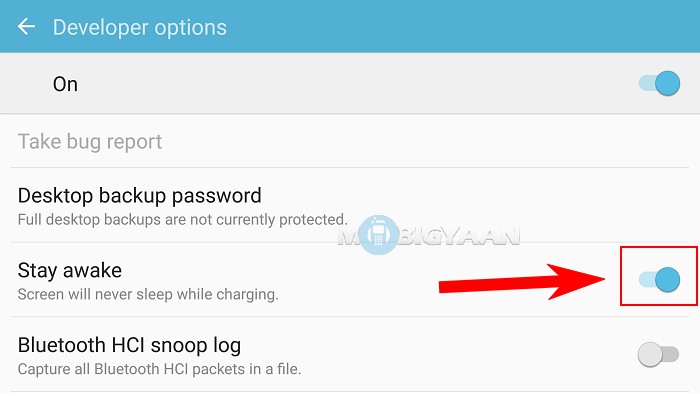
5) Turn On USB Debugging
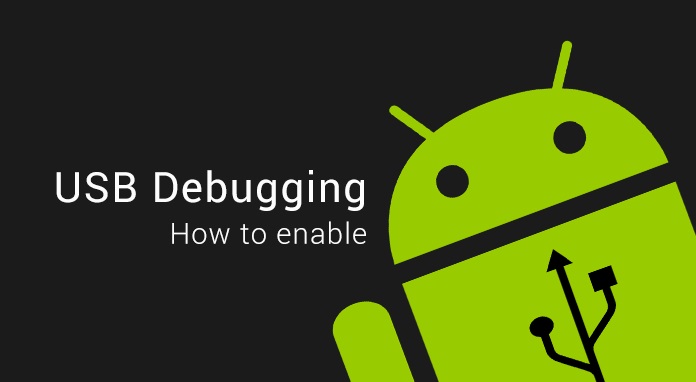
The only widely used option in Developer Options is the USB Debugging. If you are into Android development, you should know this option. You can do much more things with USB Debugging on. USB Debugging needs a PC and is intended for development purpose only. If you plan to enable it, be sure you do not do anything that you don’t know properly as it may lead to various sort security risks and data loss that may cause damage to your device or result in a warranty void. USB Debugging can be used for ADB connections with PC, manually installing apps over USB connection, rooting the system, removing device’s data and other system partitions or yet the best thing installing a custom ROM.
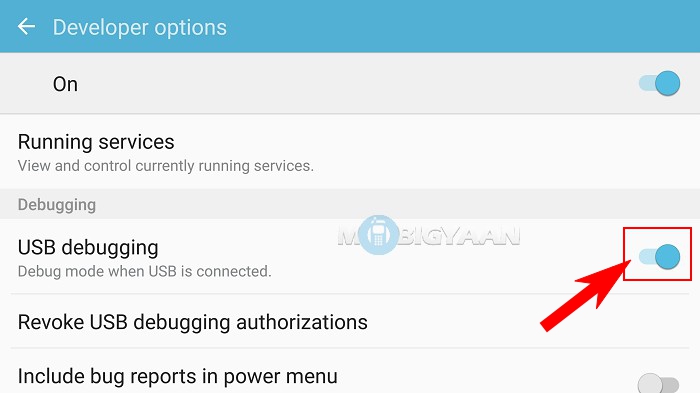
If you know any more cool stuff inside the Developer Options on Android, share with us. Also, share this post with your friends to let them know. Visit our How-To Guides to see more interesting posts.
